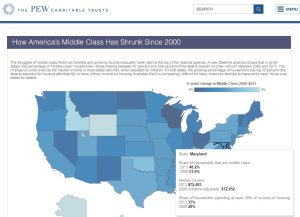The stock market has hit what investing professionals like to call a rough patch - the market is down over 1600 points in the past three days. There’s no reason to panic, of course, say the professionals - the fundamentals of the market are sound, stay the course, maybe even buy some more stock.
Here with an opposing view is the E-Trade Baby, who is clearly not having a good week.
Over the last weekend and today, the US Stock Markets plunged, losing over 1600 points in three days. This along with the worldwide markets including China, Hong Kong and other Asian markets. Meanwhile, financial experts tell us all to “not panic” and that all is well. I think I even heard someone say “the fundamentals of the economy are strong.”
Five years ago, as the economy was recovering, the E-Trade baby was showing America just how easy investing was. So simple a baby can do it, right? Well, nowadays it seems the E-Trade baby has hit hard times.
Check out this footage taken as his world crashed around him HERE;
Since that fateful day (last Thursday) … some reports tell us the baby has gone on a binge, joined a right wing militia and has gone “off the grid.” Some are saying he is conspiring with El Chappo and has vowed to bring him the head (and hair) of Donald Trump. Still others are saying that rumors that he has been spotted at a hippie commune deep in the Rocky Mountains and has simply “checked out” are true.
Regardless of which is true, one thing is for sure — the stock market broke this beautiful child and turned a sweet innocent baby into a “corporate killer.” The last several years saw him gobble up whole market sectors with just a click as he mercilessly played the market like it was his own personal symphony. Some on Wall Street are not sad to see him go. No one would be quoted or appear on camera speaking out against this ‘Baby Baron of Wall Street’ but off the record we heard horrible tales of intimidation, abuse and dirty diapers.

